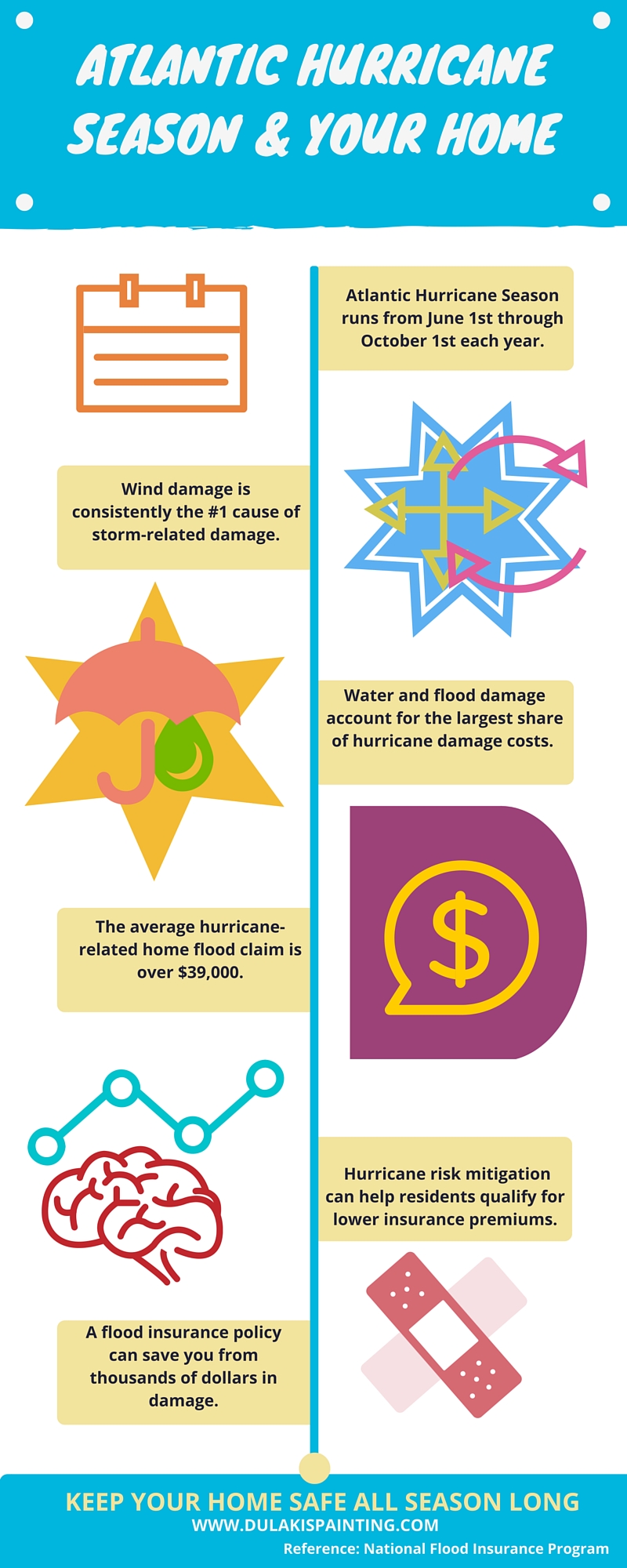Find Out Just How Seasonal Elements Influence Commercial Exterior Painting Success And Discover The Most Effective Times To Make Certain Enduring Results For Your Task
Find Out Just How Seasonal Elements Influence Commercial Exterior Painting Success And Discover The Most Effective Times To Make Certain Enduring Results For Your Task
Blog Article
Web Content Created By-Aguilar Rodriquez
When you're preparing a business outside painting task, seasonal elements can make or break your results. You'll wish to think about exactly how temperature and humidity effect paint application and drying times. Picking the appropriate season can ensure your paint sticks appropriately and lasts longer. But which periods are genuinely the very best for this type of job? Allow's check out the crucial elements that can affect your task's success.
The Influence of Temperature Level on Paint Application
When you're planning a commercial outside painting task, the temperature can substantially impact exactly how well the paint adheres and dries.
Ideally, you intend to paint when temperatures range between 50 ° F and 85 ° F. If it's also cold, the paint might not heal appropriately, causing issues like peeling or cracking.
On the other hand, if it's as well warm, the paint can dry as well quickly, avoiding proper adhesion and resulting in an unequal surface.
You must likewise think about the moment of day; early morning or late afternoon supplies cooler temperatures, which can be a lot more positive.
Always inspect the manufacturer's recommendations for the specific paint you're making use of, as they commonly offer guidance on the excellent temperature level variety for ideal outcomes.
Humidity and Its Impact on Drying Times
Temperature level isn't the only ecological factor that influences your industrial external paint project; moisture plays a substantial function also. High moisture degrees can reduce drying times substantially, influencing the general quality of your paint work.
When the air is saturated with moisture, the paint takes longer to cure, which can lead to issues like poor bond and a greater risk of mold development. If you're repainting on an especially damp day, be planned for prolonged wait times between layers.
It's crucial to monitor local climate condition and plan accordingly. Preferably, aim for moisture levels in between 40% and 70% for ideal drying out.
Keeping related resource site consider mind guarantees your job remains on track and delivers a long-term surface.
Best Seasons for Commercial Outside Painting Projects
What's the best time of year for your business external paint tasks?
Springtime and very early fall are normally your best bets. Throughout these periods, temperature levels are moderate, and humidity levels are commonly lower, developing ideal conditions for paint application and drying out.
Avoid summertime's intense heat, which can cause paint to dry also promptly, leading to bad bond and surface. Likewise, wintertime's chilly temperatures can hinder proper drying and healing, risking the long life of your paint task.
Go for days with temperature levels in between 50 ° F and 85 ° F for optimum results. Keep in mind to inspect the neighborhood weather forecast for rainfall, as damp problems can destroy your project.
Planning around a fantastic read ensures your paint job runs efficiently and lasts longer.
Conclusion
Finally, preparing your commercial external paint projects around seasonal factors to consider can make a substantial difference in the result. By scheduling job throughout the excellent temperatures and moisture degrees, you'll ensure much better bond and drying times. Keep in mind to keep an eye on regional weather forecasts and choose the correct time of year-- spring and early fall are your best bets. Taking these actions will aid you accomplish a durable and professional finish that lasts.
